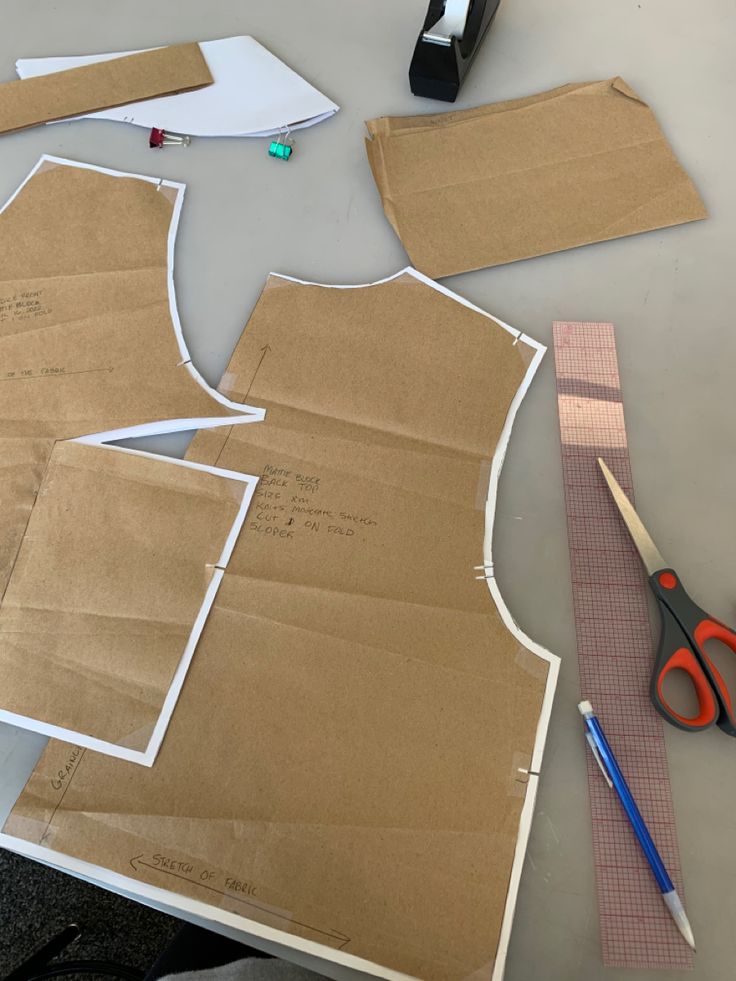
The paper pattern is crucial for the creation of uniforms for several reasons:
Precision and Consistency:
Paper patterns provide all precise and consistent template for cutting fabric pieces. This ensures that each uniform piece is uniform in size and shape, contributing to a consistent and professional appearance.
Efficiency:
Using a paper pattern streamlines the cutting process, making it more efficient. This is especially important when producing uniforms in large quantities, as it helps save time and resources.
Accuracy in Fit:
A well-designed paper pattern ensures that the uniform pieces fit together accurately, resulting in a garment that fits well on the wearer.
proper fit is essential for both comfort and functionality, especially in uniforms worn for specific tasks or professions.
Reproducibility:
Paper patterns can be stored and reused for future uniform production. This ensures that if additional uniforms need to be made, they can be replicated with the same precision and consistency as the original set.
Cost-Effective:
While the initial creation of a paper pattern may require some investment, it can lead to cost savings in the long run. The efficiency and accuracy provided by a paper pattern can reduce material waste and the need for adjustments during the manufacturing process.
Quality Control:
Using a standardized paper pattern is a key element in maintaining quality control. By adhering to a consistent pattern, manufacturers can ensure that each uniform meets the specified design and quality standards.
Customization:
Paper patterns can be adjusted or modified to accommodate variations in sizes, styles, or specific design requirements. This flexibility allows for customization while maintaining a standardized base.
In summary, the paper pattern is a fundamental tool in the uniform manufacturing process, contributing to efficiency, precision, and consistency. It plays a critical role in ensuring that each uniform produced meets the desired standards for fit, quality, and appearance.
